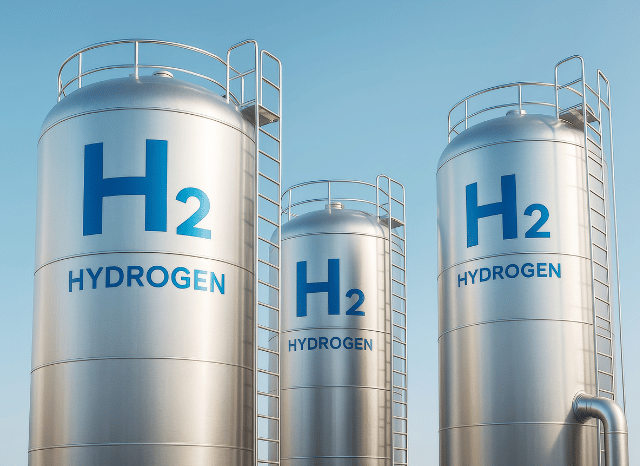
Oman, Germany, plus the Netherlands have signed a groundbreaking agreement that might reshape Europe’s Strength landscape, ushering in a whole new period of inexperienced hydrogen imports from the center East.
A Daring shift in the global Power transition is taking shape amongst Oman and Europe. A historic arrangement signed earlier this year paves how for among the list of world’s very first big-scale hydrogen corridors—linking Oman’s large renewable assets to Germany’s industrial hubs by means of the Netherlands.
The Main of the initiative is eco-friendly hydrogen—produced by splitting h2o by means of electrolysis run by photo voltaic or wind Electrical power. This manner of hydrogen has attracted worldwide curiosity for its possible to decarbonise sectors which are otherwise challenging to electrify, such as hefty transportation, steel generation, and Vitality storage.
Oman, leveraging its sunny weather and impressive countrywide tactic, aims to become a top worldwide exporter of environmentally friendly hydrogen by 2030. Forecasts advise the nation could make around 1 million tonnes of eco-friendly hydrogen annually by the tip of your decade. A important portion of this approach will involve liquefying the hydrogen to aid overseas transportation.
Enter the here hydrogen corridor: a prepared maritime and logistics route starting from the port of Duqm in Oman, extending to the ports of Amsterdam and Duisburg. Specialised cryogenic tankers, much like All those Employed in LNG transportation but tailored for hydrogen’s A great deal reduced temperatures, will carry the fuel. European ports are already preparing the necessary infrastructure to obtain, retail outlet, and distribute the cargo.
This corridor is not only a logistical feat—it’s a strategic just one. For Germany, that is planning to minimize dependence on fossil fuels and diversify its Vitality combine, the imports could assistance meet its focus on of bringing in ten million tonnes of renewable hydrogen by 2030. The corridor also aligns with check here broader EU sustainability goals and industrial decarbonisation efforts.
The task’s importance lies not just in its scale, but also in its replicability. Like LNG right before it, liquid hydrogen could before long go across continents, breaking totally free from the constraints of fixed pipeline networks. And Oman isn’t by yourself. Other initiatives—for instance Spain’s Basque Hydrogen Corridor as well as Central European Hydrogen Corridor—may also be making the backbone of a upcoming hydrogen financial system.
The Basque check here challenge concentrates on integrating production, distribution, and industrial use in northern Spain. Meanwhile, the Central European route programs to repurpose existing gas pipelines to carry hydrogen from Jap Europe to Germany, even green hydrogen more cementing the region’s job during the hydrogen transition.
If thriving, these initiatives could mark A significant milestone in decarbonising Europe’s major industries and transportation networks—driven through the Sunlight and wind of distant deserts.